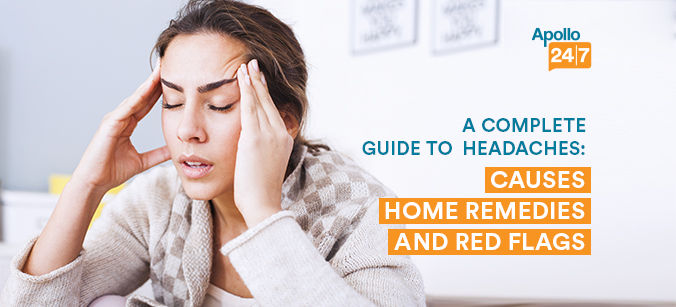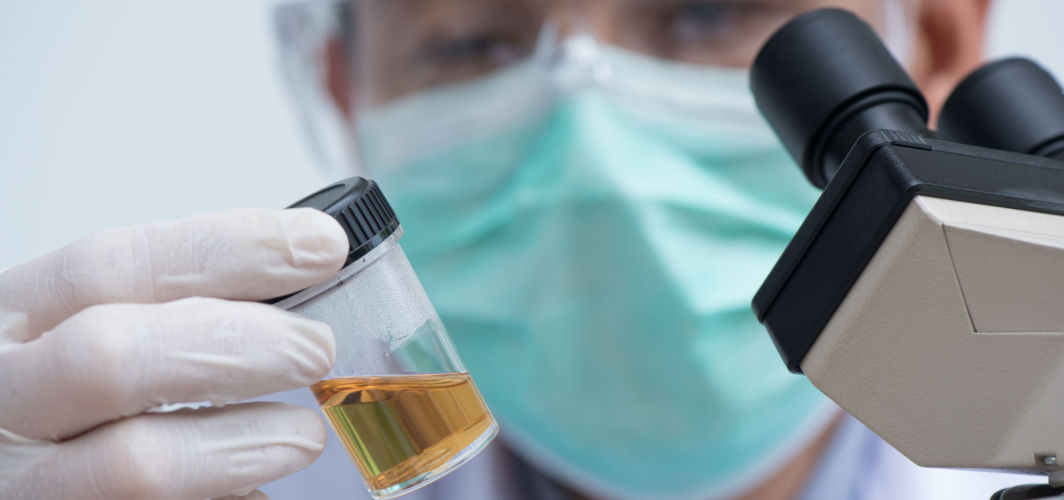General Health
Pale Skin To Brittle Nails: Know The Signs Of Low Iron In Your Blood
4 min read
By Apollo 24|7, Published on - 17 January 2023, Updated on - 26 December 2023
Share this article
0
38 likes

Indian mothers lay strong emphasis on adding plenty of greens to their kids' daily diet. Well, they have a legitimate reason for that, which is iron. Iron is an important mineral, which is used to form haemoglobin. Haemoglobin is a protein present in the red blood cells that helps in the transportation of oxygen throughout the body. Simply put, iron is required to ensure that your body gets the required amount of oxygen. If you would have low iron content in your blood, you are most likely to develop iron deficiency anaemia. This type of anaemia usually occurs either due to poor iron intake or inadequate iron absorption from the food you are eating. Untreated iron deficiency can leave you tired and short of breath. Let us look at some of the common signs and symptoms of iron deficiency in the body.
What are the symptoms of a lack of iron in the blood?
It usually takes a long time for iron deficiency anaemia to develop. People usually don't know they have it until they experience the severity of the following symptoms:
1. Tiredness or fatigue
The person may feel even less energy than usual to perform their daily activities without doing any strenuous activity.
As per Dr Vaishali Lokhande, a general physician and internal medicine specialist associated with Apollo 24|7, “low iron levels in blood can lead to low haemoglobin levels resulting in a condition known as anaemia. As haemoglobin is the main carrier of oxygen in blood, low levels can cause a strain on the circulatory system. This can lead to fatigue, lethargy, breathlessness on even mild exertion, ringing in the ears & dizziness.”
2. Pale or yellow skin
Due to the lack of haemoglobin, a person with low iron content in their blood may look sick and pale. Their skin may appear lighter than normal.
3. Shortness of breath
When doing a strenuous activity or climbing up a flight of stairs, the person may feel short of breath due to the lack of enough oxygen in the blood.
4. Fainting
The person may feel light-headed without performing any strenuous task due to the lack of enough oxygen reaching the brain.
5. Headache
The person may experience frequent throbbing headaches. Some people may also experience migraine attacks.
6. Abnormal heartbeat
Low iron levels cause the heart to work harder to deliver oxygen to the blood, resulting in a high pulse rate and irregular heartbeats.
7. Chest pain
Due to improper circulation of oxygen in the body, the person may feel chest pain.
Dr Vaishali Lokhande says, “people with a history of heart disease or with poor cardiac function may also experience leg swelling, precipitate attacks of angina & increased risk of heart failure.”
8. Cold feet and hands
Low iron content in the blood can lead to cold feet and hands as the body is unable to keep itself warm.
9. Brittle nails and hair
Iron is required to produce a protein known as keratin. The low iron content in the blood can lead to low keratin, which causes brittle nails and hair.
10. Restless legs syndrome
The person may have an unpleasant sensation in the legs especially when you are lying down.
You need to visit your doctor if you experience any or all of these symptoms. Pregnant women are especially cautioned to consult their doctor if facing these symptoms, as low blood iron content can severely affect the baby.
According to Dr Vaishali Lokhande, “iron deficiency in childhood could also impact the growth of children in a negative way causing stunting.”
FAQs
1. How can I reduce the risk of developing iron deficiency?
One can consume foods rich in iron such as dark green leafy vegetables, seafood and organ meat, along with vitamin C-rich foods such as citrus fruits like lemons and oranges.
2. How soon is iron deficiency cured?
It usually takes 2 to 3 weeks of regular iron supplementation recommended by your doctor before your symptoms improve. You may need to take iron for several months to replenish your iron reserves and prevent anaemia.
3. Who is at most risk for having an iron deficiency in blood?
People who consume a diet deficient in iron such as a vegan diet are at the most risk. Not consuming enough leafy vegetables can also be a risk factor.
4. What are the consequences of low iron in the blood?
Low iron in your blood for a long time results in tiredness, an increased risk of infection, heart and lung problems, and complications in pregnancy.
If you have the signs of iron-deficiency anaemia,
Medically reviewed by Dr Sonia Bhatt.
General Health
Leave Comment
Recommended for you

General Health
A Complete Guide to Headaches: Causes, Home Remedies, and Red Flags
While "home remedy for headache" remains one of the most searched queries, what is interesting is that no two headaches are the same, and neither are their remedies. Read on as this blog highlights the top 10 different causes, remedies and red flags of headaches.

General Health
Which Diseases Can Be Diagnosed With A Urine Test?
The article focuses on the types of urine tests and the diseases they may help diagnose.

General Health
Which Pathology Tests You Should Include In Routine Health Check-up?
Learn about the essential pathology tests to include in your routine health check-up. Discover their importance in detecting and preventing various diseases.
Subscribe
Sign up for our free Health Library Daily Newsletter
Get doctor-approved health tips, news, and more.
Visual Stories

Plant-based Foods That Are a Great Source of Iron
Tap to continue exploring
Recommended for you

General Health
A Complete Guide to Headaches: Causes, Home Remedies, and Red Flags
While "home remedy for headache" remains one of the most searched queries, what is interesting is that no two headaches are the same, and neither are their remedies. Read on as this blog highlights the top 10 different causes, remedies and red flags of headaches.

General Health
Which Diseases Can Be Diagnosed With A Urine Test?
The article focuses on the types of urine tests and the diseases they may help diagnose.

General Health
Which Pathology Tests You Should Include In Routine Health Check-up?
Learn about the essential pathology tests to include in your routine health check-up. Discover their importance in detecting and preventing various diseases.